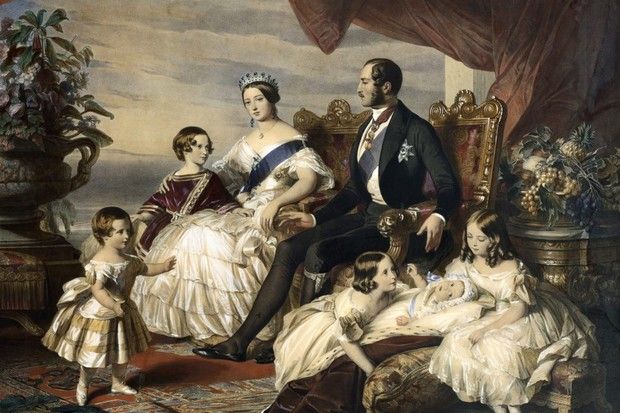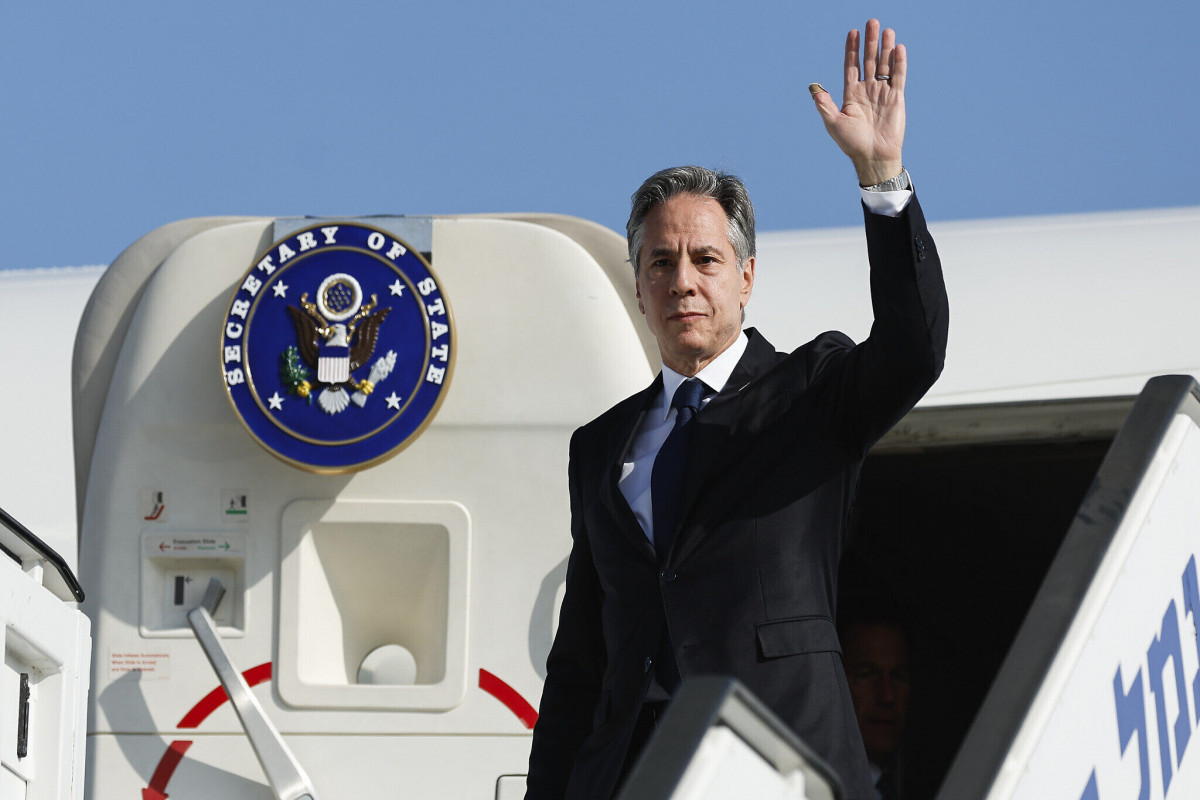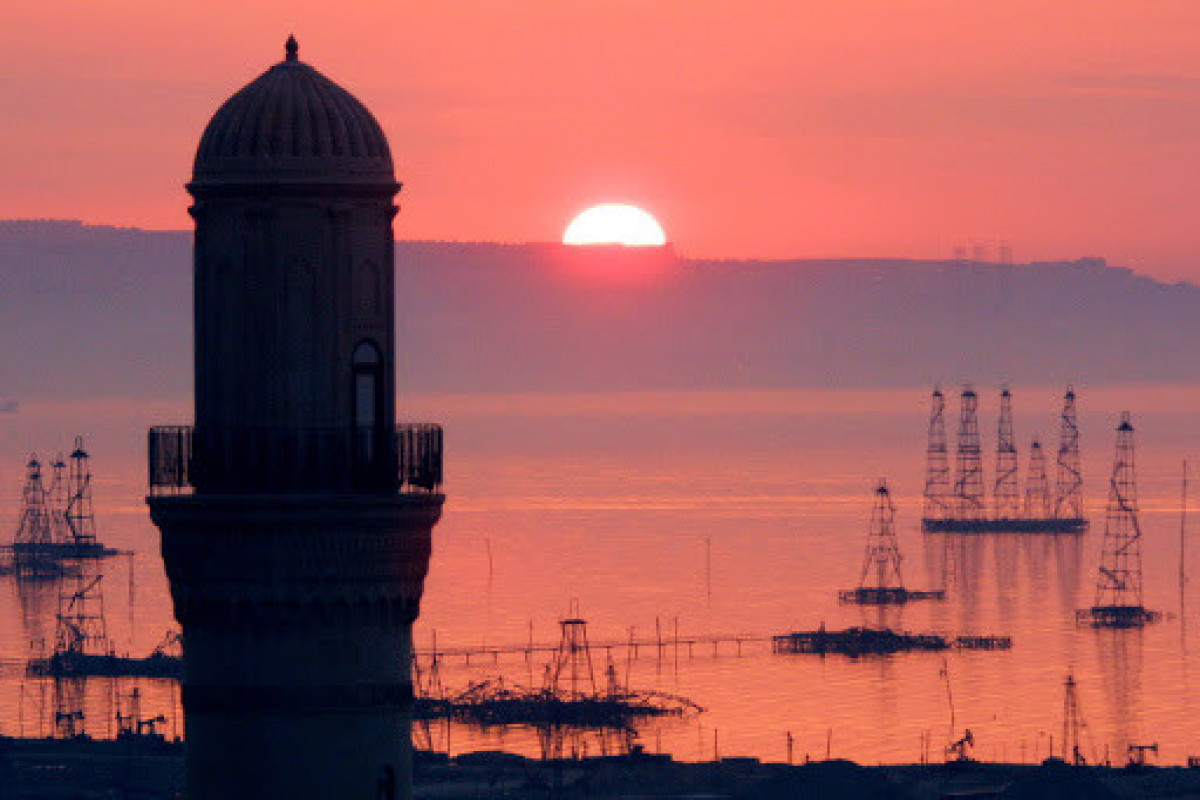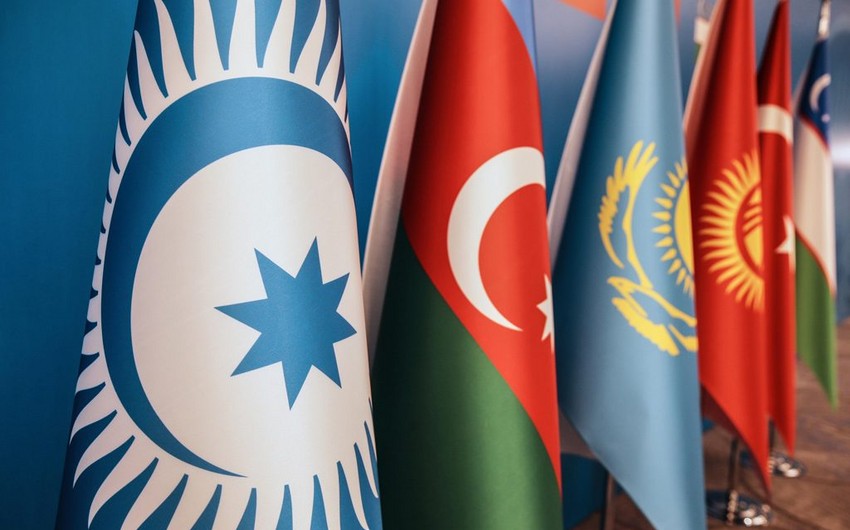Queen Victoria married her husband of 21 years, Prince Albert, on 10 February 1840 in St James’s Palace chapel, in what was the first marriage of a reigning queen of England since Mary I in 1554. To the outside world, Queen Victoria and Prince Albert were the golden couple, exemplars of traditional family values. Yet, as Jane Ridley reveals, behind the romanticised veneer, Albert's thirst for power was putting the marriage under intense pressure…
After the sudden and tragic death of Prince Albert in 1861, the grief-stricken Queen Victoria dedicated herself to memorialising her marriage as a perfect union. She herself composed large parts of the first biography, The Early Years of the Prince Consort (1867). At Frogmore, the royal burial ground at Windsor, she built a mausoleum and commissioned the sculptor Marochetti to create effigies of herself and the prince lying side-by-side – though it would be another 40 years before she would take her place beside her beloved Albert. Thanks, in part, to the queen’s efforts, her marriage to Albert, prince of the German duchy of Saxe-Coburg and Gotha, came to be seen as one of the great love matches of all time, celebrated (with varying degrees of accuracy) in films such as The Young Victoria and, more recently, the ITV drama Victoria.
As Queen Victoria’s journal shows, from the moment she saw the prince arriving at the foot of the staircase at Windsor in 1839, she was smitten. Five days later she summoned him to her blue closet and proposed to him. But the marriage was not the romantic happy-ever-after story that Victoria constructed. It was far more complex than that
Like all dynastic marriages, this was an alliance with a political agenda. As the second son of a minor German duke (Coburg is smaller than the Isle of Wight) and a mere Serene Highness, the lowest grade in the royal hierarchy, Prince Albert was Victoria’s poor relation, although the two were first cousins. But what he lacked in rank and wealth, he made up for with education and self-confidence, and he had been trained from his teens by King Leopold of Belgium, the cousins’ mutual uncle, to marry Victoria and take over the British throne.
Albert began his quest for power immediately after the marriage. Within months he had moved his writing desk next to the queen’s. At first, Victoria resisted Albert’s attempts to remove her trusted governess, Baroness Lehzen, from control of the court. But as one pregnancy followed another in quick succession – seven of Victoria’s nine children were born in the first 10 years of the marriage – the queen was in no condition to resist. Albert fired Lehzen and assumed control of the household, introducing much-needed reforms and economies.

King in all but name
In November 1840, when her first child was born, Victoria gave Albert the key to the cabinet boxes. He started to attend meetings with ministers, dealing with the queen’s correspondence and drafting business letters for the queen to copy out. At dinners with politicians, Albert could be heard prompting Victoria in German before she spoke. By now he had become her private secretary.
In 1850 he described his position thus:
“As the natural head of [the queen’s] family, superintendent of her household, manager of her private affairs, sole confidential adviser in politics, and only assistant in her communications with the officers of her government, he is, besides, the husband of the queen, the tutor of the royal children, the private secretary of the sovereign, and her permanent minister.” Not only was Albert king in all but name but he intervened in politics, pursuing an active role in foreign policy.
Victoria declared herself grateful to Albert for relieving her of the tiresome work of the sovereign. Women, she believed, were not fit to rule. “It is a reversal of the right order of things which distresses me much and which no one, but such a perfection, such an angel as he is – could bear and carry through.” But Victoria had a vein of steel, and her commitment to her birthright was absolute. She was torn between her passionate desire to be a perfect ‘Victorian’ wife to Albert – an angel in the house, all sweetness and light – and her Hanoverian inheritance.
The royals retreat
The image of the Victorian monarchy, crafted by Albert, and projected in paintings such as Winterhalter’s The Royal Family in 1846 was one of a child-centred bourgeois family on the throne. But the fact was that the royal marriage was unlike any other. It took place within the peculiar context of the court.
As a young maid of honour in Victoria’s court in the 1850s, Mary Bulteel would watch the door silently close on the queen’s private apartments. How she longed to get to know the queen, her employer, but Victoria barely spoke to her.
The withdrawal of the royal family from the public space of the court into the private apartments was Albert’s doing. It meant that Victoria’s life was no longer bounded by the court, as it had been in the early days of her reign, when her court was a Camelot, famed for its parties and youthful high spirits. The creation of a private sphere – of a space dedicated to domestic life – was one of the most far-reaching changes made by Albert in his drive to reform the monarchy.
Disliking London with its late nights, and sneered at by the aristocracy as a German beggar, Albert persuaded Victoria that her enjoyment of society was wrong. True happiness, he claimed, was to be found in the country with her beloved prince and her young family. Albert designed the new family home at Osborne on the Isle of Wight, safely inaccessible from a prying public. Even more remote was Balmoral, the castle he created in the Scottish Highlands, 500 miles from London.

At Osborne or Balmoral, the family could live the simple outdoors life that Victoria later depicted in her Leaves from the Journal of Our Life in the Highlands. Victoria believed her “happy domestic home” made her more popular than any other sovereign and gave a good example to her subjects.
At court, Albert introduced new rules, distancing the royal family from the household – that is, the courtiers and officeholders such as the Lord Chamberlain. He ordered that no man was to sit in the presence of the queen. Throughout Victoria’s reign, prime ministers stood during audiences; only two were accorded the special privilege of sitting in the queen’s presence – her favourite Disraeli, who declined the offer, and Lord Salisbury, who was too heavy to stand. The hated Gladstone was never asked to sit, even in his eighties.
Albert forbade maids of honour from sitting in his presence or speaking to him unless spoken to. He went everywhere attended by an equerry, thus emphasising his royal status. In his relations with the courtiers of the household, Albert was cold and stiff. “His way of giving orders and reproofs was rather too like a master of a house scolding servants to be pleasant for those who were bound to listen in silence,” wrote Mary Bulteel. People noticed that the prince made not a single friend among ministers or the household. Such reserve in so young a man was “unpleasant”, thought Mary: “It implied something of the cold egotism which seems to chill you in all royalties.”

Memoirs of ladies-in-waiting concur that Albert was “detested” because he was “so stiff”, especially with women. Victoria, on the other hand, was adored because of her disarming frankness and her unquenchable curiosity and interest in the affairs of everyone around her.
Albert’s cold manner derived in part from his upbringing at the small German court of Coburg. When Mary Bulteel visited Coburg in 1860, she found the court far stiffer than in Britain, and the equerries and household much more “collapsed before these little sovereigns than we are before the queen”.
One result of withdrawing from the court was that the royal couple were closer to their ordinary servants than they were to the aristocratic courtiers of the household. This is perhaps why, after Albert’s death, Victoria became intimate first with her Highland servant John Brown, and later with her Indian servant Abdul Karim – relationships that the courtiers found especially upsetting because they overturned the protocol of the court.
Hysterical tantrums
Behind the closed doors of the private apartments, Victoria was often irritable and moody. She bitterly resented what she called “the shadow side of marriage”, meaning pregnancy and childbirth, and she suffered from postnatal depression. She disliked babies, who she thought were “mere little plants for the first six months” and “frightful when undressed” with their “big body and little limbs and that terrible frog-like action”.
Victoria’s ‘nerves’ became worse during the 1850s. Her last two pregnancies were marked by hysterical scenes. Albert was advised by the royal doctors that the queen’s mood swings and violent Hanoverian tempers were symptoms that she had inherited the madness of her grandfather George III. Rather than engage, he walked away and, as his wife stormed out of the room in a fury, the prince composed letters reprimanding her for unreasonable behaviour. “If you are violent I have no other choice but to leave you… and retire to my room in order to give you time to recover yourself, then you follow me to renew the dispute and have it all out,” he wrote.

Victoria kept a notebook in which she recorded her tempers, her selfishness, and her loss of self-control. Albert would read her confessions and issue her with a ‘certificate’ of improvement, reviewing her behaviour as he might a child. Albert’s intentions were no doubt good. He was certainly a loyal and faithful husband. Victoria’s adoration of her beloved was undimmed. But she was made to feel that she was inadequate, his intellectual and moral inferior. “I owe everything to dearest papa,” she told her daughter. “He was my father, my protector, my guide and adviser in all and everything, my mother (I might almost say) as well as my husband.”
This was not a marriage of equals. It was as if the only way the couple could live with the anomaly (as they saw it) of Victoria being a woman on the throne and superior in rank to her husband was by making her feel that she was Albert’s inferior in every other respect. This artifice imposed unbearable stresses upon them both. Little wonder Victoria lost her temper now and then.
Albert’s reaction was to escape into work. In the 1850s he consistently rose early in the morning to deal with his growing amount of paperwork. His meddling in politics made him unpopular in the country, and he became a lonely, unhappy figure. Photographs show him prematurely aged, balding and careworn. Queen Victoria’s tragedy was that Albert’s death, aged 42, meant that these tensions were never resolved.

Victoria and Albert’s highs and lows
10 October 1839: Prince Albert of Saxe-Coburg- Gotha, aged 20, arrives at Windsor on a visit to Queen Victoria, his first cousin, three months older than him.
15 October 1839: Victoria, who considers that Albert “is beautiful” and declares that “My heart is quite going”, proposes to Albert. She tells no one beforehand, except the prime minister, Lord Melbourne.
10 February 1840: Victoria and Albert are married at the Chapel Royal, St James’s.
21 November 1840: Vicky, Victoria’s first child, is born. Around this time, Victoria gives Albert the keys to the cabinet boxes.
9 November 1841: Birth of Albert Edward (Bertie), Prince of Wales. This is followed by the birth of Alice, 25 April 1843; Alfred, 6 August 1844; Helena, 25 May 1846; Louise, 18 March 1848; and Arthur, 1 May 1850. In total, that’s seven children in 10 years.
1842: Baroness Lehzen, Victoria’s former governess, who has been charged with the running of the court, is dismissed. Albert takes over and introduces important reforms, making the court more efficient and cutting waste.
1842: Albert starts to attend the queen’s meetings with ministers, and writes notes of the meetings. Victoria now talks of “We”, not “I”.
1845–51: Osborne on the Isle of Wight is built under Albert’s supervision as a holiday retreat for the royal family.
7 April 1853: Leopold is born. Beatrice follows on 14 April 1857, completing the family.
1853–56: Balmoral Castle is built, once more under Albert’s supervision. Here the family enjoy a romantic mountain life which reminds Albert of his native Germany.
1857: Victoria makes Albert Prince Consort. This gives him precedence over everyone, including his son the Prince of Wales, second only to the queen.
14 December 1861: Albert dies at Windsor, aged 42. The cause of death was allegedly typhoid fever, but modern historians speculate that he suffered from an underlying illness such as stomach cancer or Crohn’s disease.
Jane Ridley is professor of history at the University of Buckingham and author of several works on the Victorian era, including Victoria (Allen Lane, 2015).







.jpg)







.jpeg)



